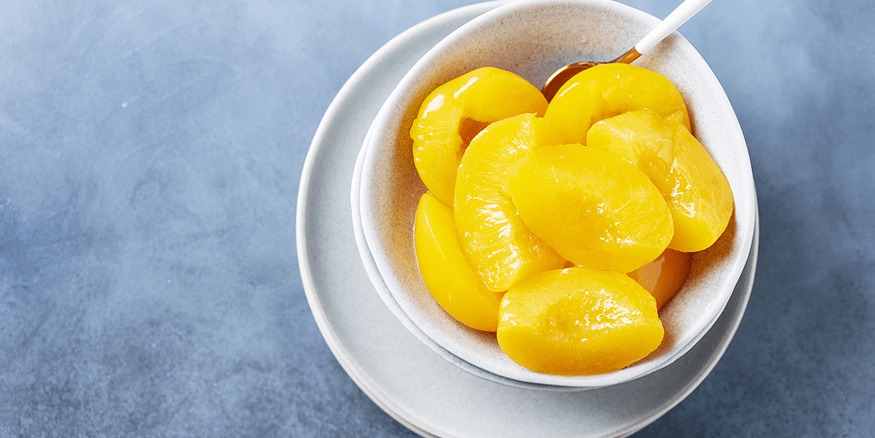What Can I Drink on a Low Residue Diet


Low Residue Diet
Your health care provider might recommend that you follow a temporary low residue diet (LRD) if you are recovering from recent bowel surgery (e.g., ileostomy, colostomy, resection), preparing for a colonoscopy, or experiencing heightened symptoms of abdominal pain, cramping, diarrhea, or active digestive flare-ups associated with a gastrointestinal condition, such as Crohn's or diverticular disease.
The term 'residue' refers to any solid contents that end up in the large intestine after digestion. This includes undigested and unabsorbed food (which consists mostly of dietary fibre), bacteria, and gastric secretions.1 A low residue diet limits dietary fibre to less than 10-15g per day and restricts other foods that could stimulate bowel activity. The goal of a LRD is to decrease the size and frequency of bowel movements in order to reduce painful symptoms. It is similar to a low fibre diet (LFD) except that a LRD also limits some other foods, such as milk, which can increase colonic residue and stool weight.2
Foods Allowed on a Low Residue Diet
- refined grain products like white breads, cereals, and pastas (look for less than 2g of fibre per serving on label)
- white rice
- juices without pulp or seeds
- meats, fish, and eggs
- oil, margarine, butter, mayonnaise, and salad dressings
- fruit without peels or seeds and certain canned or well-cooked fruit (e.g., peeled apples, seedless peeled grapes, banana, cantaloupe, etc.)
- some soft, cooked vegetables (e.g., beets, beans, carrots, cucumber, eggplant, mushrooms, etc.)
- limit of 2 cups/day: milk, yogurt, puddings, cream based soups
Foods to Avoid on a Low Residue Diet
- whole grain breads, cereals, and pastas (e.g., oatmeal, millet, buckwheat, flax, popcorn)
- raw vegetables
- the following vegetables, whether cooked or raw: broccoli, cauliflower, Brussels sprouts, cabbage, kale, Swiss chard
- dried fruit, berries, and other fruit with skin or seeds
- tough meats with gristle
- crunchy peanut butter (smooth is okay)
- seeds and nuts
- dried beans, peas, and lentils
Limitations of the Low Residue Diet
The LRD may be beneficial for symptom management during heightened or acute episodes of increased abdominal pain, infection, or inflammation. However, be aware that this diet is not recommended for all those suffering with inflammatory bowel disease or other chronic conditions. LRD will not decrease inflammation nor will it improve the underlying cause of your condition. Following a LRD for a prolonged period might lead to nutrient deficiencies and other gastrointestinal symptoms (e.g., constipation).
Bottom Line
Your physician or dietitian can help you decide if this diet is right for you and the appropriate length of time for you to follow it. When transitioning from a LRD to your regular diet, be sure to increase fibre gradually, by about 5 grams weekly, until you have reached your fibre goal. It is also important to drink plenty of liquids when increasing dietary fibre.
Andrea D'Ambrosio, Registered Dietitian
Owner, Dietetic Directions, Waterloo, ON
First published in the Inside Tract® newsletter issue 187 – 2013
1. Ong C et al. Evidence for Low Residue Diet in the Management of Gastrointestinal Related Conditions. Proceedings of Singapore Healthcare. 2012; 21(3): 172-178.
2. Tarleton S et al. Low-Residue Diet in Diverticular Disease: Putting an End to a Myth. Nutrition in Clinical Practice. 2011; 26(2): 137-142.
What Can I Drink on a Low Residue Diet
Source: https://badgut.org/information-centre/health-nutrition/low-residue-diet/